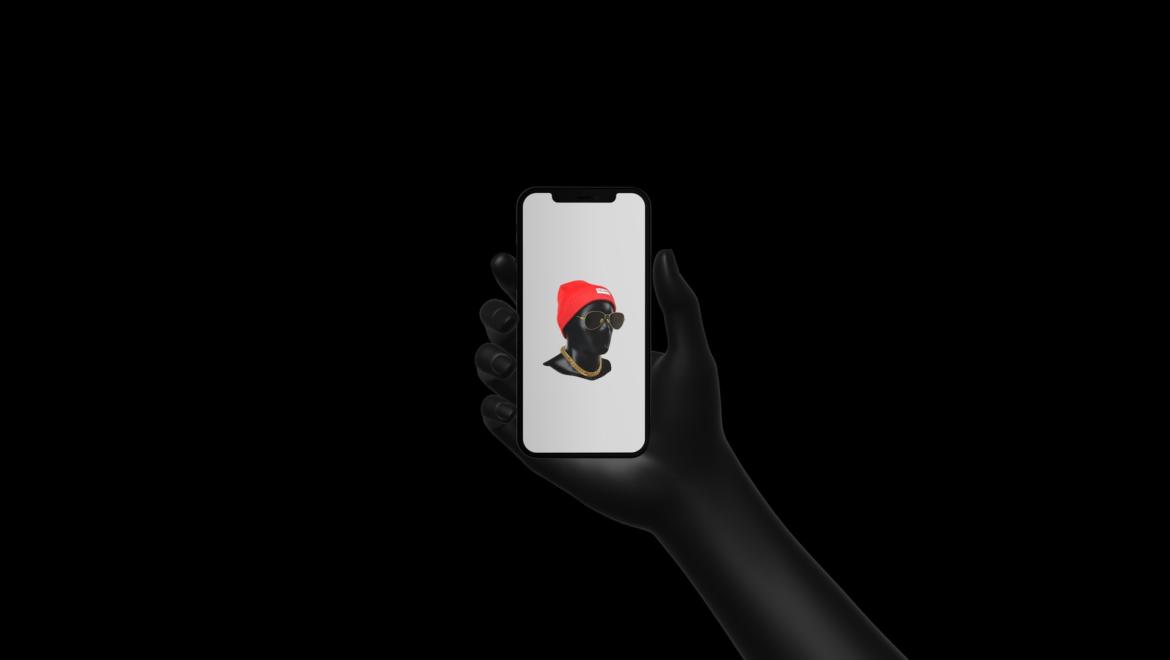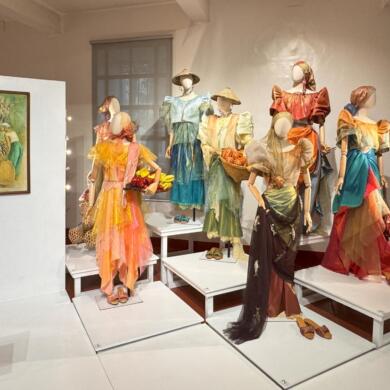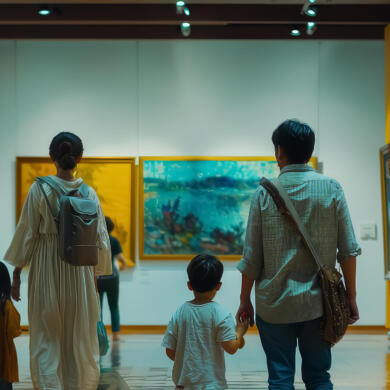By Jessa Mae C. Abug
London—Illustrator and digital artist Adrian Chesterman, who has worked with the likes of Steven Spielberg, Andrew Lloyd Webber, and Chris Rea, sends a message across the NFT community about the massive issue of plagiarism and fake items in the digital space, showing proofs of imitated NFTs in the market.
An NFT (non-fungible token) is a digital asset that can be an image, audio clip, or GIF and whose ownership is recorded on a tamper-proof digital ledger known as a blockchain.
Over the past year, NFTs exploded and made art rewarding for both NFT artists and collectors again. Since a digital-only piece of art sold for $69 million in 2021, artists, brands, and celebrities joined the NFT space and started creating, buying, and selling “tokens.”
However, claims of plagiarized and faux NFTs became a growing issue. In his statement, Chesterman brings up the soaring demands for NFTs globally and the need to strengthen the vetting systems as the root causes of the growing cases of scams.
At the same time, Chesterman, who just released his contemporary version of Chris Rea’s “Road to Hell” album cover, lists how to collect authentic NFTs cautiously.
First, he mentioned being observant of questionable prices. “If an NFT is priced significantly cheaper or more expensive than similar NFTs from the same collection or category, it may be a fake,” he stated.
Check the authenticity of the NFT by doing a reverse Google image search. In addition, the platform can verify collections and their artists. Typically, a blue checkmark will appear by its title if it’s the real deal. Ultimately, the best way to ensure your NFT is genuine is to choose the right platform; perhaps one with human moderators is best.
Despite the issues, Chesterman is still determined to continue in the NFT space, believing that the future of art is heading towards digital technologies.
International art dealer Stephen Howes of Thomas Crown Art supports Chesterman’s claim adding the benefits of entering the said digital space. “It allows artists to make some money and exercise control over their work, sell it more easily, reach a global audience, strongly protect against others appropriating it without permission, and sidestep the traditional biases of the ‘art industry mafia,'” Howes stated.
With most recent works appealing to the future-focused buying audience, Chesterman concludes: “The NFTs market is booming. It’s an exciting time—and right now, there’s a certain degree of ‘early adoption advantage’ for serious buyers.”
Photo: Mate Kovacs




